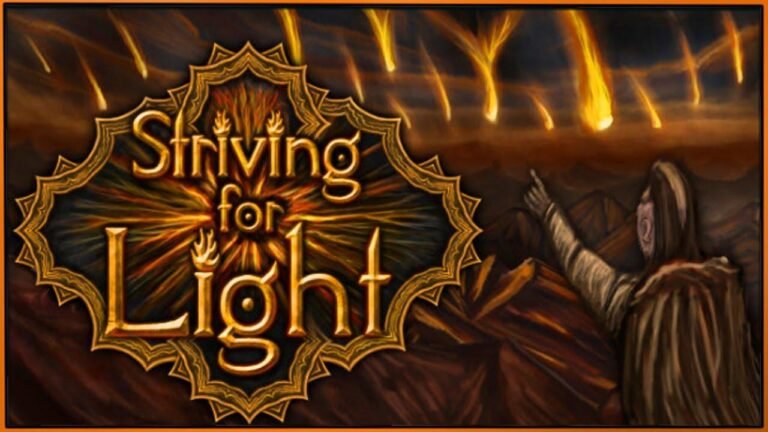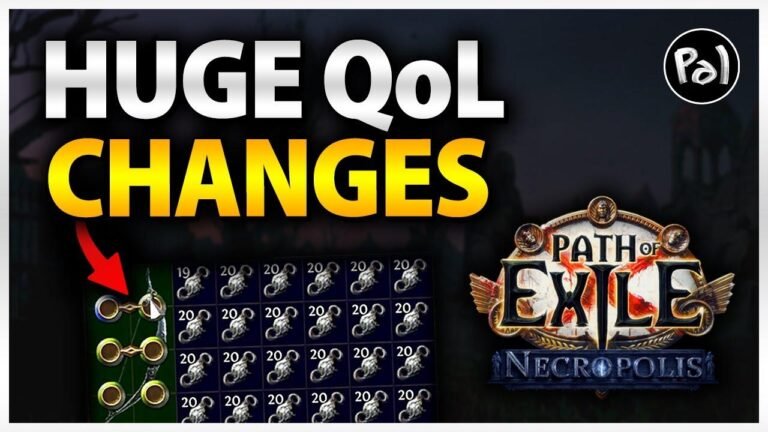Inhaltsübersicht
In this debut episode of our new series, we delve into the intricacies of attack rolls, saving throws, and spell DC in Baldur's Gate 3. Here's a breakdown of these essential mechanics to enhance your understanding of combat dynamics.
When engaging in combat, attack rolls play a pivotal role in determining the success of your strikes. An attack roll involves rolling a 20-sided die, adding or subtracting attack modifiers, and comparing the result to the target's Armor Class (AC). If the roll meets or exceeds the AC, the attack hits, potentially leading to devastating damage. Notably, landing a critical hit, signaled by a natural roll of 20, doubles the damage output, highlighting its significance in combat scenarios.
| Modifikator | Beschreibung |
|---|---|
| Tack Modifiers | Added/Subtracted from 20-sided die roll |
| Proficiency Bonus | Enhances attack accuracy |
| Additional Bonuses | Gear, abilities, or situational modifiers |
Navigating through the combat log provides invaluable insights into the outcome of each engagement. Detailed information, such as attack rolls, damage dealt, and resistances, offers a comprehensive overview of combat dynamics. Utilizing this resource enables players to analyze their performance, identify strengths, and strategize for future encounters effectively.
"The combat log serves as a treasure trove of information, shedding light on the intricacies of each engagement."
Saving throws and spell DC are crucial aspects of spellcasting, determining a target's ability to resist or mitigate spell effects. Spells requiring saving throws present targets with an opportunity to evade or reduce the impact of harmful effects, showcasing the importance of strategic spell selection and positioning. Understanding spell DC aids in optimizing spellcasting effectiveness, allowing players to tailor their approach to overcome adversaries more efficiently.
Notable Points:
- Successful saving throws mitigate spell effects.
- Higher spell DC increases the likelihood of spell success.
- Environmental hazards feature predefined DC values, independent of spellcasting attributes.
Critical hits and spell effects significantly influence combat outcomes, offering opportunities for substantial damage or crowd control. Capitalizing on critical hits amplifies damage output, emphasizing the importance of maximizing critical hit chance through gear and abilities. Similarly, strategic spellcasting, coupled with knowledge of spell DC and target vulnerabilities, enables players to leverage spell effects effectively, turning the tide of battle in their favor.
| Kritische Treffer | Spell Effects |
|---|---|
| Doubles Damage Output | Inflicts Status Effects |
| Amplifies Damage | Manipulates Battlefield |
By harnessing the intricacies of attack rolls, saving throws, and spell DC, players can elevate their combat prowess and navigate challenging encounters with confidence. Embracing tactical insights gleaned from combat logs and mastering critical mechanics empowers adventurers to conquer the perils of Baldur's Gate 3's treacherous landscapes.
"Strategic prowess and tactical finesse are the cornerstones of triumph in the realm of Baldur's Gate 3."
- Mastery of Attack Rolls: Understanding modifiers and critical hit mechanics enhances combat effectiveness.
- Strategic Spellcasting: Leveraging spell DC and targeting vulnerabilities optimizes spellcasting proficiency.
- Combat Log Analysis: Extracting insights from combat logs facilitates tactical decision-making and performance evaluation.
Q: How do critical hits impact combat dynamics?
A: Critical hits double damage output, making them pivotal in maximizing damage potential and overcoming adversaries efficiently.
Q: What factors influence spell DC?
A: Spell DC is influenced by character stats, gear, and abilities, with higher values increasing spell effectiveness and target vulnerability.
Q: How can players utilize combat logs effectively?
A: Analyzing combat logs provides valuable insights into combat mechanics, aiding in performance evaluation and strategic planning.

















